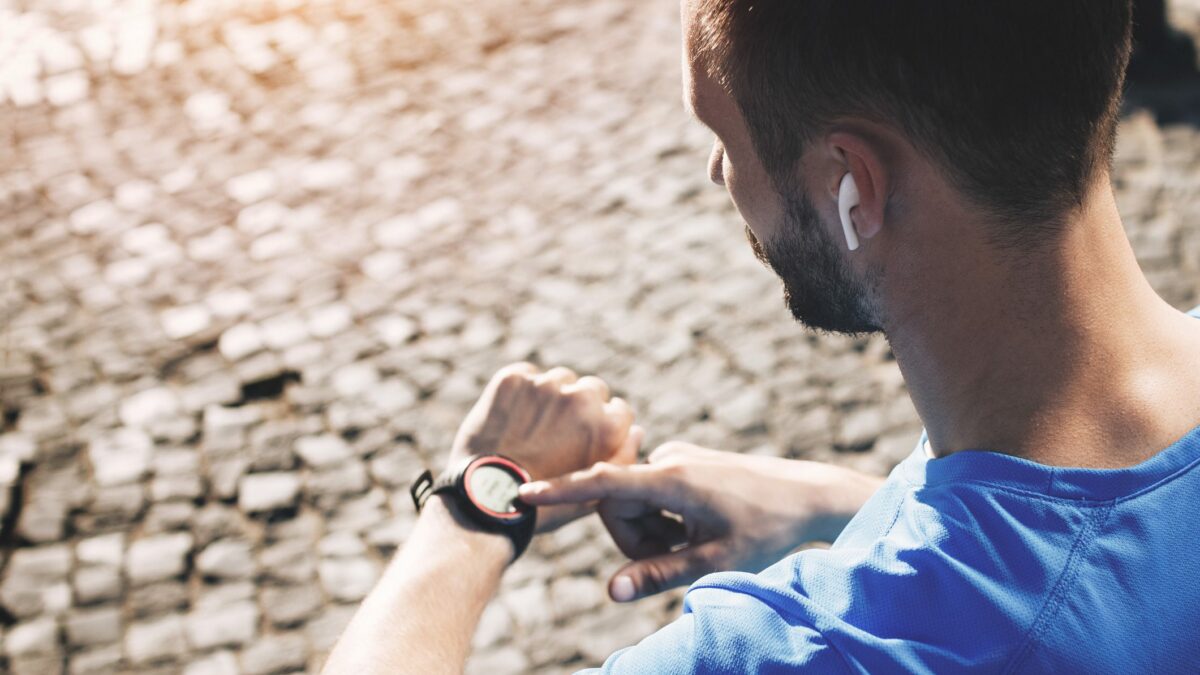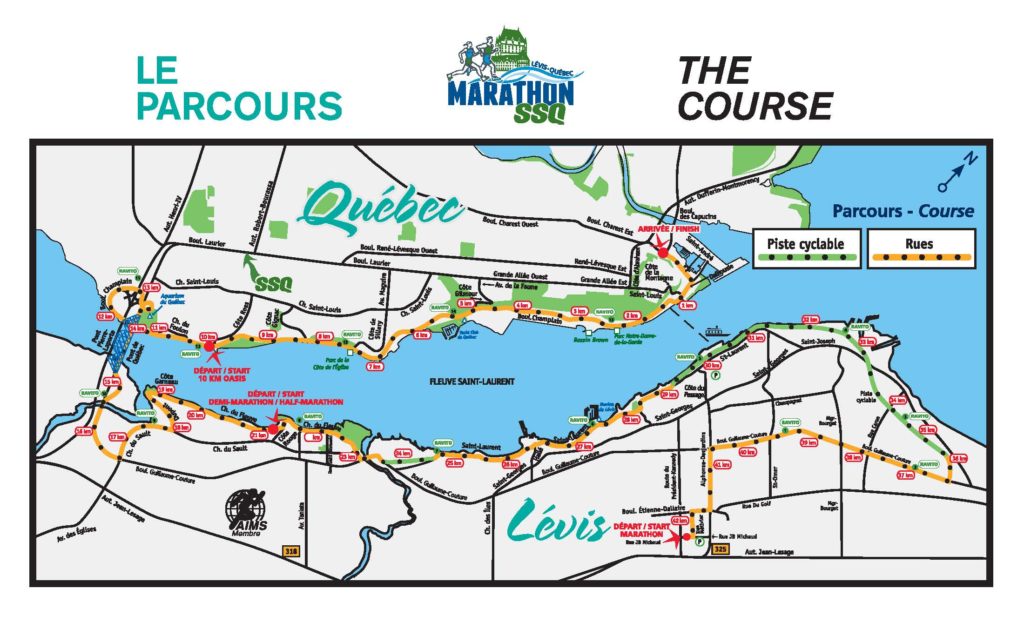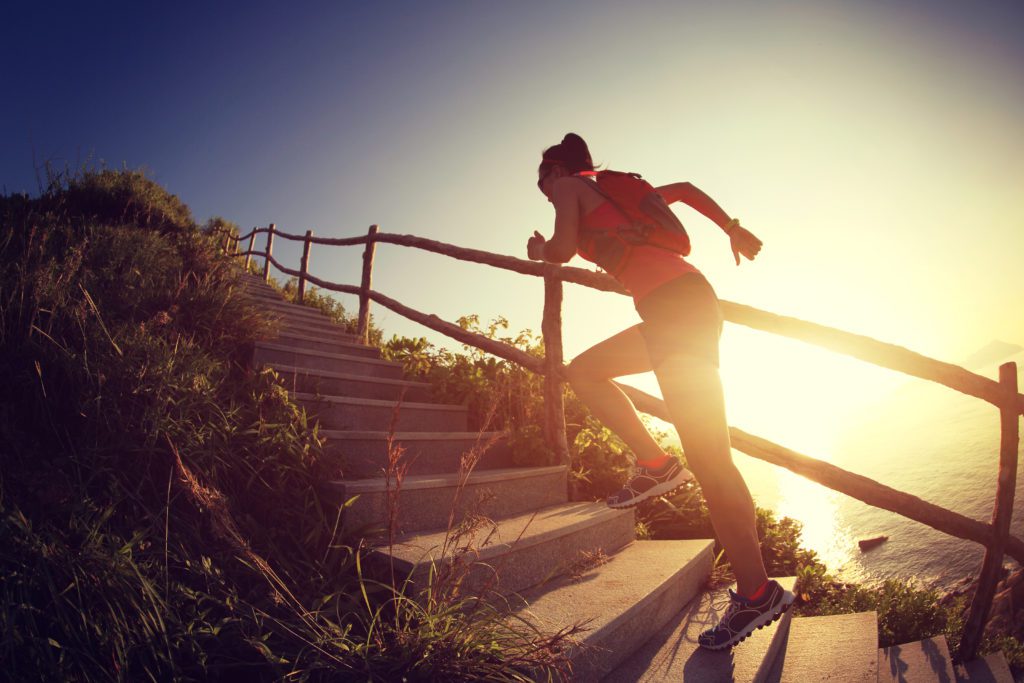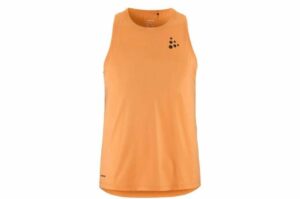How to measure distance without a GPS watch
How to measure your solo race course or workout loop without a smart watch

If you’re a runner whose races have been cancelled but your competitive fire is still burning, you’ve got plenty of options right now. Thanks to technology like Strava, GPS watches and Zwift, runners are able to race solo on the roads or virtually from their treadmills while keeping themselves and those around them safe. Another way to test your fitness is through a time trial. If you’re looking to try your hand at a hard solo effort and want to be sure of the distance you’re running, here are some ways to measure your course that aren’t through a GPS signal.
RELATED: The 2020 virtual race calendar
Your car
If you own a vehicle and want to either confirm or check the distance of your solo race course, simply reset the odometer reading and take a drive. This is a great way to confirm your GPS data is accurate (it usually is, but we all know that technology can be glitchy at times).
Also, if you’re confident in the distance of your course, this means that you can run your time trial without a GPS watch, which could allow you to perform better than anticipated. Trevor Hofbauer raced watchless at STWM 2019, and things worked out pretty well for him.
https://www.instagram.com/p/BxJhYYqgzvP/
A surveyor’s wheel
The surveyor’s wheel isn’t a cheap buy–they cost around $50–but if you don’t already own a GPS watch this is more affordable. They’re used most often by runners to check the distance of cross-country courses. The tool is made of a long handle attached to a wheel which displays distance down to the metre. If you’re looking to get very accurate measurements, this is what you use.
The wheel is also a great tool if you’re looking to run shorter distances or on a soft surface. If you want to run 200m repeats or do a workout on grass, this is a great tool to have in your back pocket.
Find a marked road
There are lots of roads and paths with kilometre or mile markers. If these roads are safe to run on, try your time trial there. This is a way to run without a GPS watch while getting accurate splits every kilometre.

Run a local race route
Runners can also find the route map of a local race. That course should be reliably measured. The bonus of this method? Runners can compare their solo-effort results to previous years’ actual race results.
Measure with time
Runners have become accustomed to running by pace and distance, but time is also a great indicator of fitness. If you’re looking for a workout, try running a loop in your neighbourhood and maintaining the speed of your initial lap for five subsequent repeats (take a few minutes rest between each).
If you’d like to race this loop, run it all out, train for a few weeks and then return and try it again. This will give you a good indication of fitness, based solely on your time improvement.


